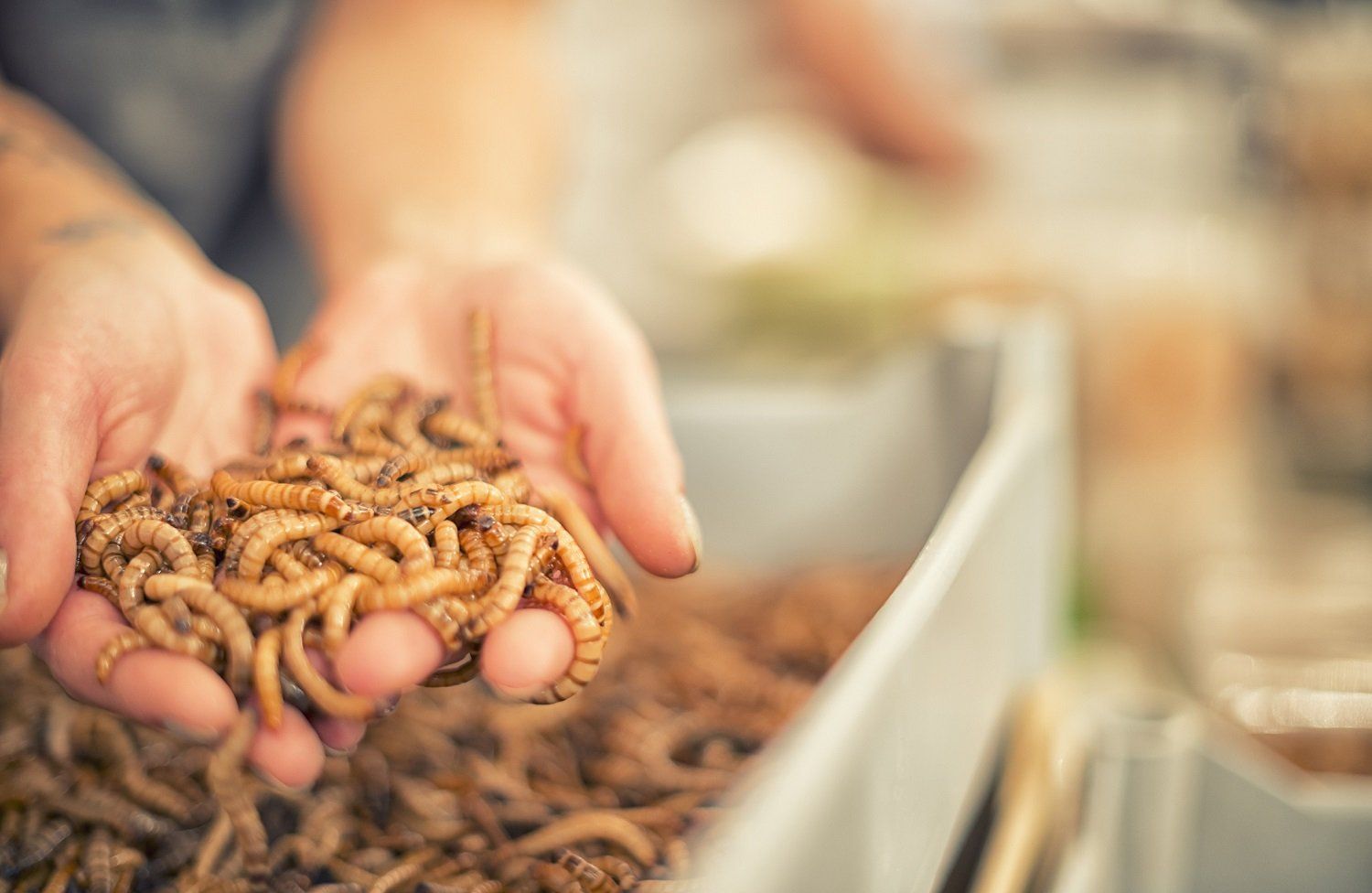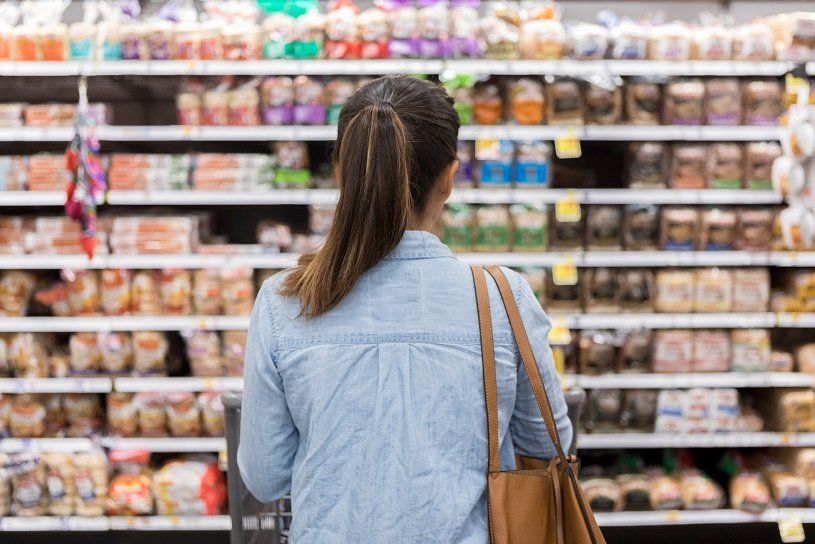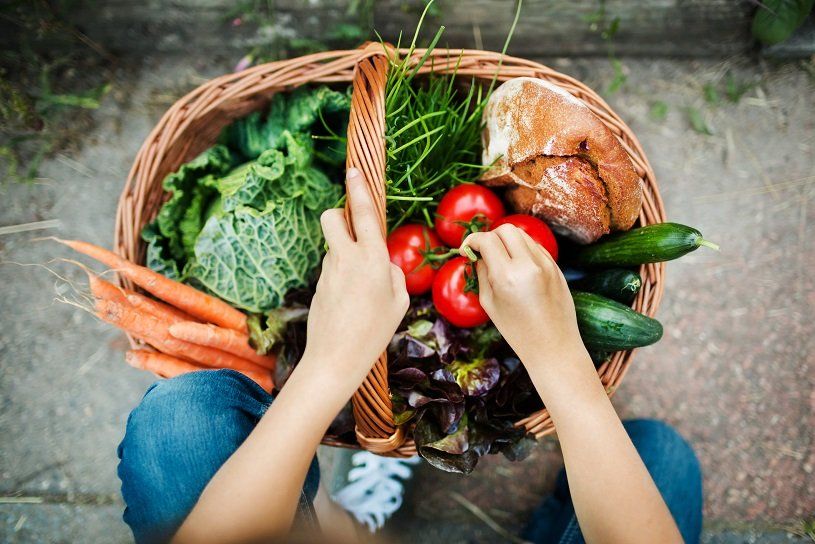Food and Beverage
Food and Beverage Blog
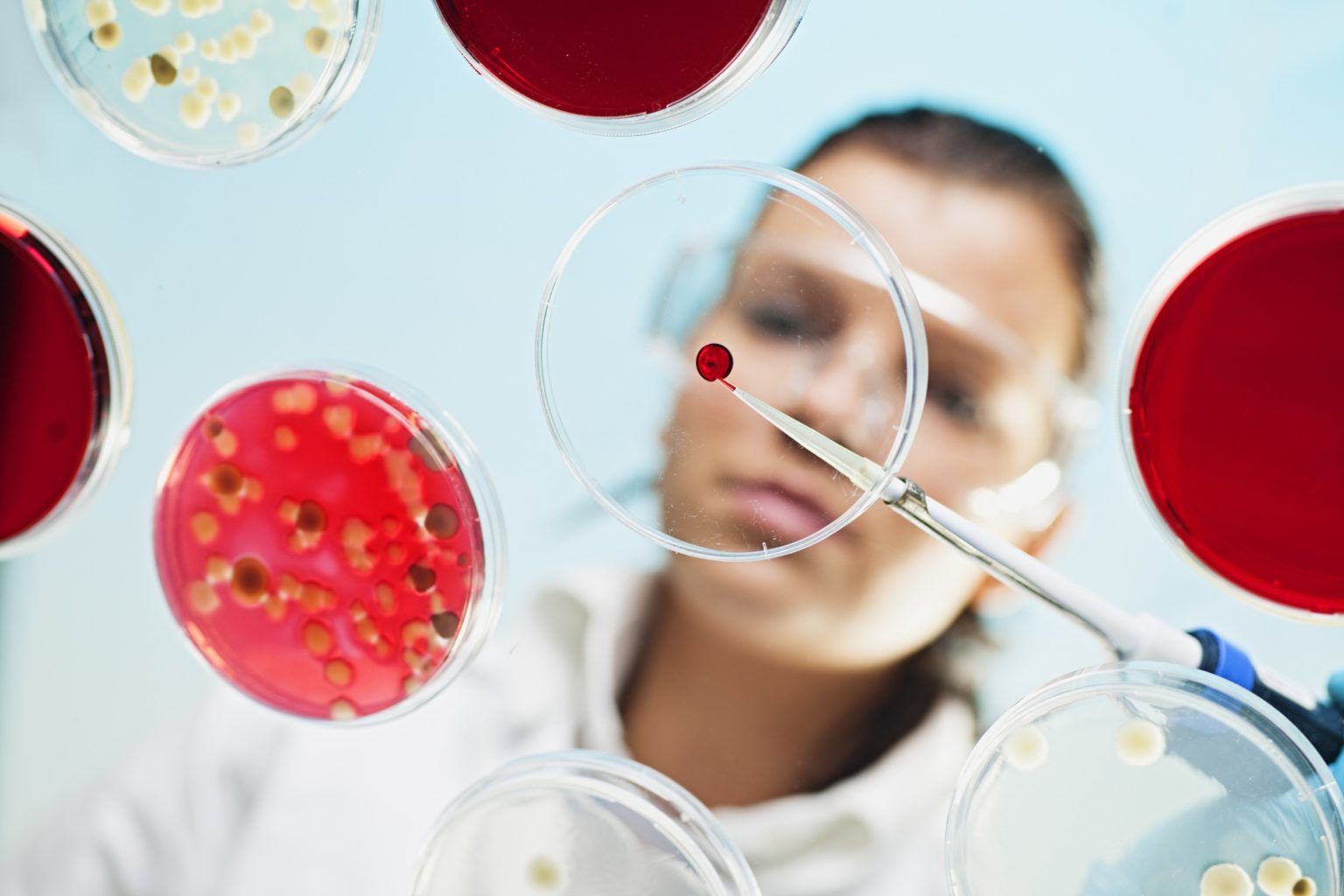
By Bayside Group
•
23 Jul, 2019
Recently, eight varieties of milk were recalled in Victoria and New South Wales amid fears that they may have contained food grade dairy cleaning solution. Incidents like this often come at a significant cost to the manufacturer. They bear not only the cost of recalling contaminated products, but also reputational damage for the brands involved. While contamination isn’t incredibly common, this recent milk recall proves it can happen. The risks however, can be mitigated by putting the right procedures and people in place. Contamination can occur anywhere in the production process There are many reasons why food can become contaminated. Contaminants can originate from raw materials or occur during the production or transportation process. When raw materials or even finished products are stored alongside other products there is also the risk of cross-contamination. The types contamination that can occur can also vary depending on the type of materials or products involved and what they’re exposed to. In some situations, like in the recent milk contamination, dangerous chemicals may inadvertently be mixed with food products. While in other cases, one food product may contaminate another, which could be life threatening for people who have allergies. One of the most common causes of contamination are avoidable procedural errors that occur in the laboratory. This is because laboratories are often busy environments with multiple personnel working on different products at the same time, so the opportunity for cross-contamination to occur through shared equipment – or simply working in close proximity to others – is high. Prevention is better than recall It is always best to put in measures to prevent contamination from occurring all together, rather than relying on a recall of products. By putting in place good aseptic techniques and maintaining a safe lab environment you can ensure the risk of contamination is minimised. Laboratory staff play a crucial role in this process. Some things that laboratory staff can do to mitigate these risks include wearing clean lab coats, washing their hands regularly and using proper aseptic techniques. They can also ensure the lab design is optimised, consistent cleaning procedures are in place and equipment is properly calibrated. Experienced laboratory professionals understand the importance of these procedures and often know how to put in place processes to reduce risk. They may be able to identify risks in lab design or cleaning processes, for example, and identify opportunities to improve procedures to minimise contamination risks. It always pays to have qualified, engaged staff who understand the importance of following procedures that minimise contamination. To find the right people to help you protect your products, partner with an agency who understands what skills your business needs.
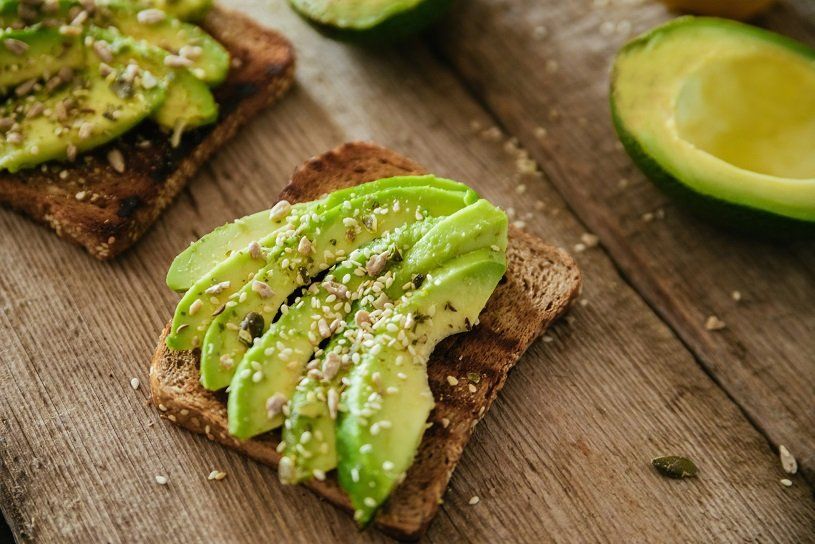
By Bayside Group
•
15 May, 2019
Food technology is big business and Australia is at the forefront of this exciting field. In this article, we outline some interesting developments in food technology that will be on our plates soon. Improving shelf life Recently a Queensland company made the biggest breakthrough in the dairy industry since pasteurisation when it created a natural milk that stays fresh for 60 days without any preservatives. This technology opens up new export opportunities for fresh milk and the potential to improve the trading price for the staple. The same company, Naturo All Natural Technologies, has also developed technology that stops avocados turning brown without losing their flavour. With avocados a favourite on the millennial plate, this technology will increase the shelf life and potential uses for this delicious fruit. Overseas, sentinel wraps have been developed that highlight if a packaged food is about to spoil. By simply using a smartphone app, a sensor in the wrap detects the presence of pathogenic bacteria in a product in real-time. This has the potential to save millions of dollars by allowing products to remain on shelves after their traditional “use by” date has come and gone. Environmentally friendly food With climate change in mind, food technology companies overseas have been looking at how to produce food in a way that is more environmentally friendly. Clean meat is one example. Yet to be available in Australia, clean meat involves meat products that have been grown in a laboratory, thereby reducing their environmental footprint. Using embryonic or stem cells that have been taken from live animals under anaesthesia, the produce is grown in vitro, meaning animals no longer need to be farmed or slaughtered to enjoy a good steak. While the first hamburger was made with clean meat in 2013 overseas, the technology is still being developed and not yet ready for human consumption en masse. For those who prefer not to eat meat at all, plant based alternatives are already available. Companies like Beyond Meat and Impossible Foods are creating burgers that taste like the original generate 90% less greenhouse-gas emissions using pea proteins, soy, wheat and potatoes. As soon as next year, these will reduce their environmental footprint further by being produced in a lab. However, new methods for food production aren’t just focused on replacing meat. Vertical farming is designed to improve how we grow our greens. Crop One Holdings in California is producing herbicide and pesticide free herbs and salad leaves without using soil. By growing the greens in water, they can control the environment in which they’re grown to optimise the output and nutrients. It’s estimated that 320 square feet of growing units can replace 19 acres of farmland while using less water. These vertical farms can also harvest up to 32 times a year, compared to once or twice a year in traditional field farming. With each new technology comes exciting career opportunities. To find out where your love of food could take your career, get in touch.
Keyword Search
Categories
Specialisations
Workplace Relations
Powered with 💙 by
Shazamme © Copyright 2022 Bayside Group


